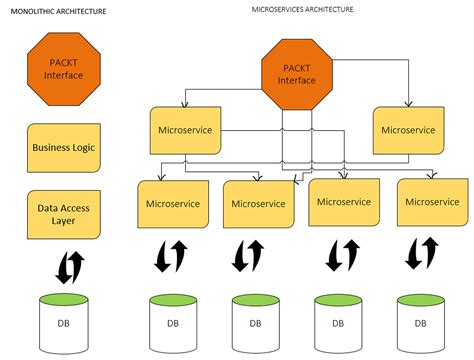Spring is a powerful framework that can help you build robust, scalable, and maintainable web applications. It can be used to develop new applications from scratch, or it can be integrated with existing applications to add new features or improve performance.

If you’re considering using Spring with an existing website, there are a few things you need to know. First, Spring is a Java framework, so you’ll need to make sure that your website is written in Java. Second, Spring is a modular framework, which means that you can pick and choose the components that you need. This makes it easy to integrate Spring with existing applications without having to rewrite the entire application.
Benefits of Using Spring with an Existing Website
There are many benefits to using Spring with an existing website. Some of the benefits include:
- Improved performance: Spring can help to improve the performance of your website by providing a number of features that can help to reduce the time it takes for your pages to load.
- Increased scalability: Spring can help to make your website more scalable by providing a number of features that can help to distribute the load across multiple servers.
- Improved security: Spring can help to improve the security of your website by providing a number of features that can help to protect your application from attacks.
- Easier maintenance: Spring can help to make your website easier to maintain by providing a number of features that can help to automate tasks such as configuration and deployment.
How to Integrate Spring with an Existing Website
Integrating Spring with an existing website is a relatively straightforward process. The following steps will help you to get started:
- Add the Spring JAR files to your website’s classpath. You can download the Spring JAR files from the Spring website.
- Create a Spring configuration file. The Spring configuration file will tell Spring how to configure your application.
- Create a Spring bean factory. The Spring bean factory will be responsible for creating and managing the Spring beans that your application will use.
- Create your Spring beans. Your Spring beans will be the components that make up your application.
- Wire your Spring beans together. You can wire your Spring beans together using the Spring IoC container.
- Deploy your Spring application. Once you have completed the previous steps, you can deploy your Spring application to your web server.
Common Mistakes to Avoid
There are a few common mistakes that you should avoid when integrating Spring with an existing website. These mistakes include:
- Not using a Spring configuration file. The Spring configuration file is essential for telling Spring how to configure your application. Without a Spring configuration file, Spring will not be able to initialize your application.
- Not creating a Spring bean factory. The Spring bean factory is responsible for creating and managing the Spring beans that your application will use. Without a Spring bean factory, your application will not be able to use Spring beans.
- Not wiring your Spring beans together. Wiring your Spring beans together is essential for making your application work. Without wiring your Spring beans together, your application will not be able to use the Spring IoC container.
- Deploying your Spring application to the wrong server. Spring applications should be deployed to a Java EE server. If you deploy your Spring application to a non-Java EE server, your application will not be able to run.
Conclusion
Spring is a powerful framework that can be used to build robust, scalable, and maintainable web applications. It can be used to develop new applications from scratch, or it can be integrated with existing applications to add new features or improve performance. If you’re considering using Spring with an existing website, I encourage you to give it a try. You may be surprised at how easy it is to integrate Spring with your website and how much it can improve the performance, scalability, security, and maintainability of your application.
